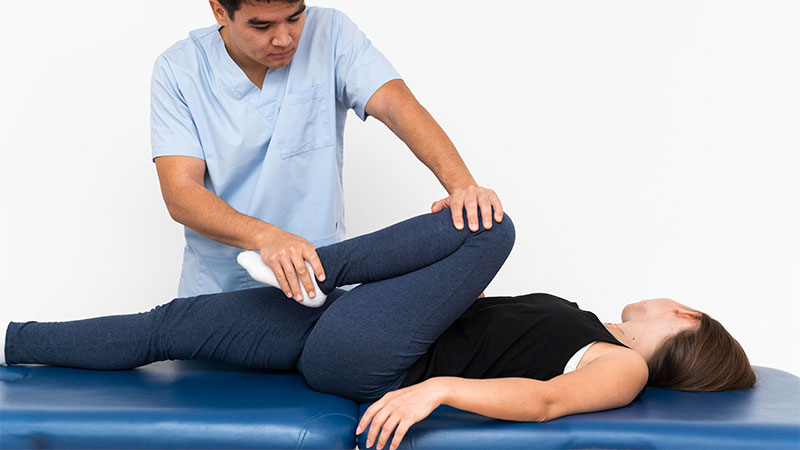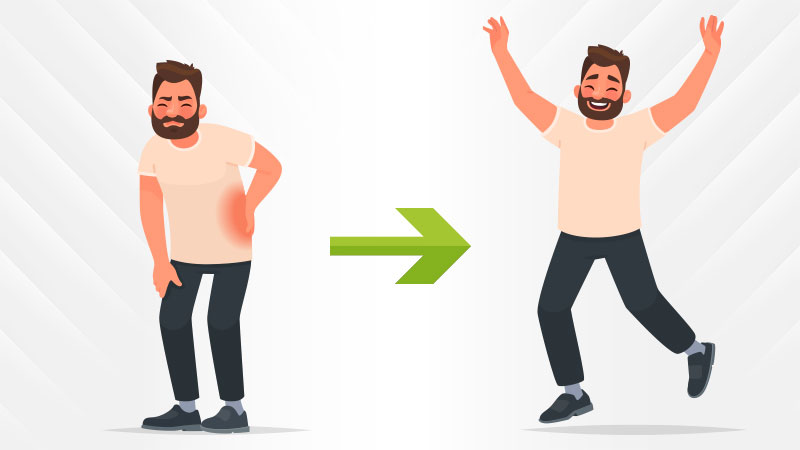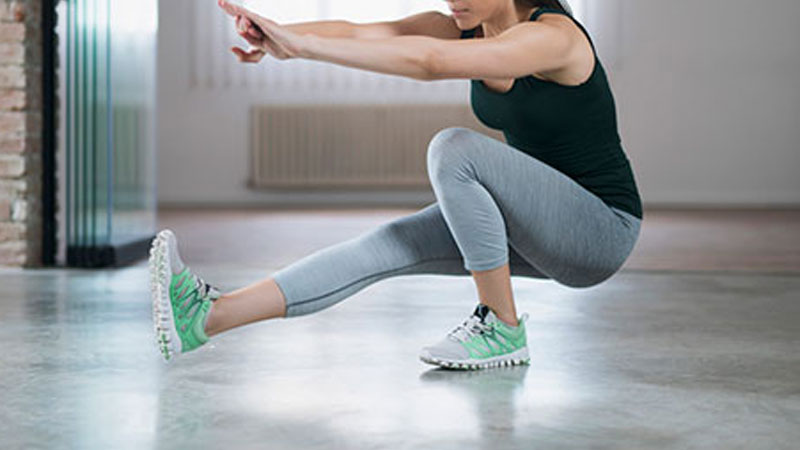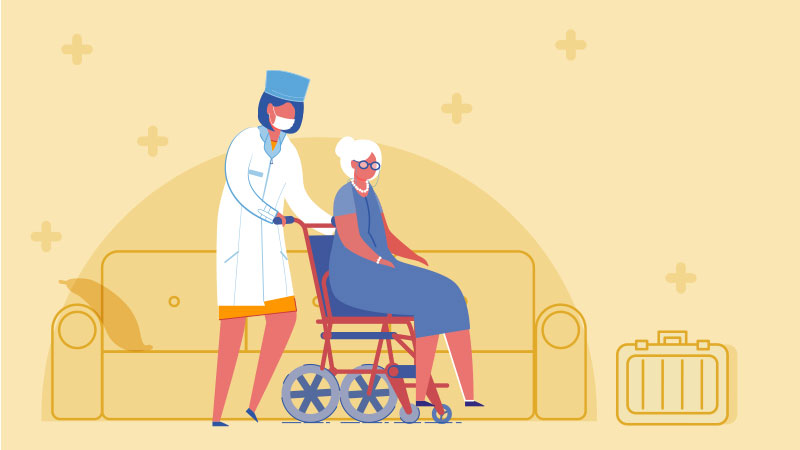Clearly, joints are extremely important parts of our body. In simple terms, joints refer to the areas where two or more bones connect. A majority of joints enable our bones to move and provide stability. Basically, there are three different types of joints: cartilaginous, fibrous, and synovial.
Well, joint pain is one of the most common problems that people report to doctors. According to a survey report by the World Health Organization (WHO), one in four adults suffers from joint pain. Among all, knee pain is the most common complaint that affects your daily activities like bending, walking, lifting, and standing. Weight, age, overuse, previous injuries, and other medical conditions are some factors of joint pain. Many people have a misconception that joint pain is just a health condition that develops in the older age group. Well, you need to understand that joint pain can affect any age group.
Undeniably, achy joints are very difficult to live with! If you are dealing with persistent joint pain, then you should consult a physiotherapist! Physical therapy or physiotherapy can help to reduce stiffness, pain, and swelling of your affected joint.?
Let?s dig deeper into some advantages of physical therapy:
Improve mobility?

It?s pretty obvious to experience mobility issues because of joint pain. Whether you are struggling with standing, moving, or walking, physiotherapy can help. There are many strengthening and stretching exercises in physiotherapy that can help you minimize pain and enhance your range of motion by improving joint flexibility, muscle strength, balance, and coordination.
Minimize or eliminate pain

Physiotherapy or physical therapy involves many therapeutic exercises and manual therapy techniques (like ultrasound, electrical stimulation, soft tissue mobilization, etc.) to relieve joint pain and restore joint function. These therapies also prevent pain from coming back.
Improve your balance and minimize the risk of falls?

According to a recent survey report by health experts, joint pain increases the risk for falls. If you are at high risk for falls due to joint pain, physical therapy can help you improve your balance. Physiotherapy plays a crucial role in improving your balance and preventing falls. Physical therapy experts recommend you some exercises that help you improve coordination and balance. Apart from this, regular sessions of physiotherapy can reduce and eliminate signs of vertigo or dizziness.
Manage age-related issue

As you age, the risk of joint pain and diseases increases. Well, the reason is that the joint becomes less flexible and stiffer as you age. In fact, many people develop osteoporosis or arthritis which sometimes lead to joint replacement. Well, moving your body regularly can help you prevent joint pain and other joint injuries. You can indulge yourself in some low-impact exercises like walking, stretching, etc. However, if the pain persists for too long, then you should consult a physiotherapist. A physical therapist or physiotherapist performs some maneuvers to help patients get rid of joint pain and eliminate the risk of other joint problems.?
Avoid Surgery
Doubtlessly, physical therapy or physiotherapy can help you eliminate pain, improve mobility and heal from an injury. In many cases, physiotherapy prevents surgery as well. And even if surgery is required, physical therapy helps you prepare your body for surgery so that you can recover fast. If you want to avoid surgery and other recovery complications, then you should consult a physiotherapist.
In the Nutshell!
Certainly, there are so many benefits of physiotherapy. In fact, it is one of the highest-rated treatments for joint pain. Whether you are struggling with shoulder pain, knee pain, back pain, or other joint pain, physiotherapy can help you get relief from pain and improve your mobility.
Author Bio:
Dr. Prateek Kumar Gupta is highly trained arthroscopy and sports surgeon in AOSM. He treats sports injury and other orthopaedic injuries including foot, ankle, hip, elbow with special interest in knee and shoulder issues that hinders patient/players quality of life.

As the editor of the blog, She curate insightful content that sparks curiosity and fosters learning. With a passion for storytelling and a keen eye for detail, she strive to bring diverse perspectives and engaging narratives to readers, ensuring every piece informs, inspires, and enriches.









